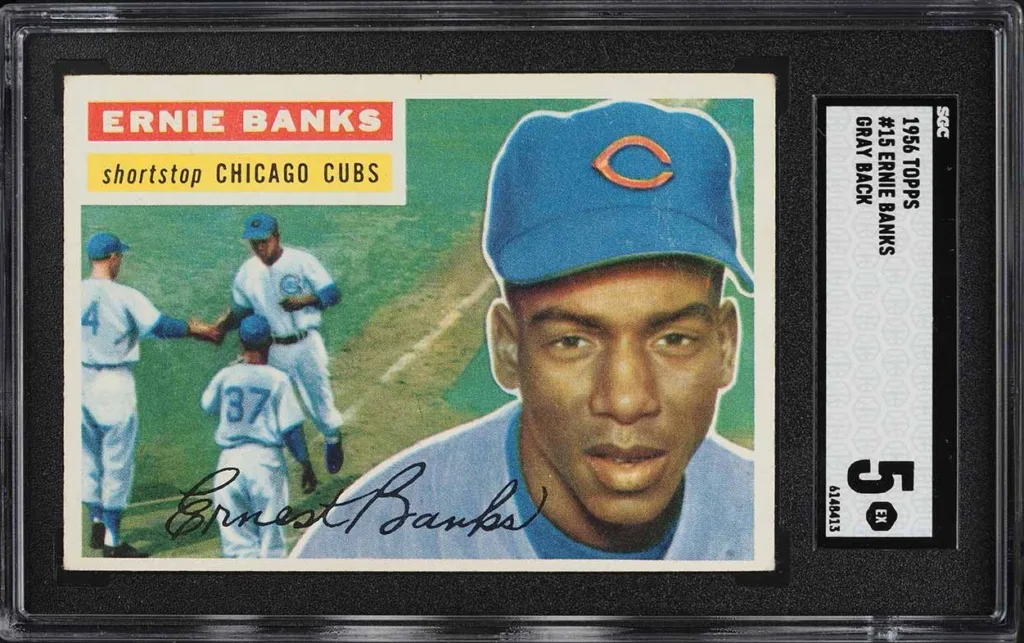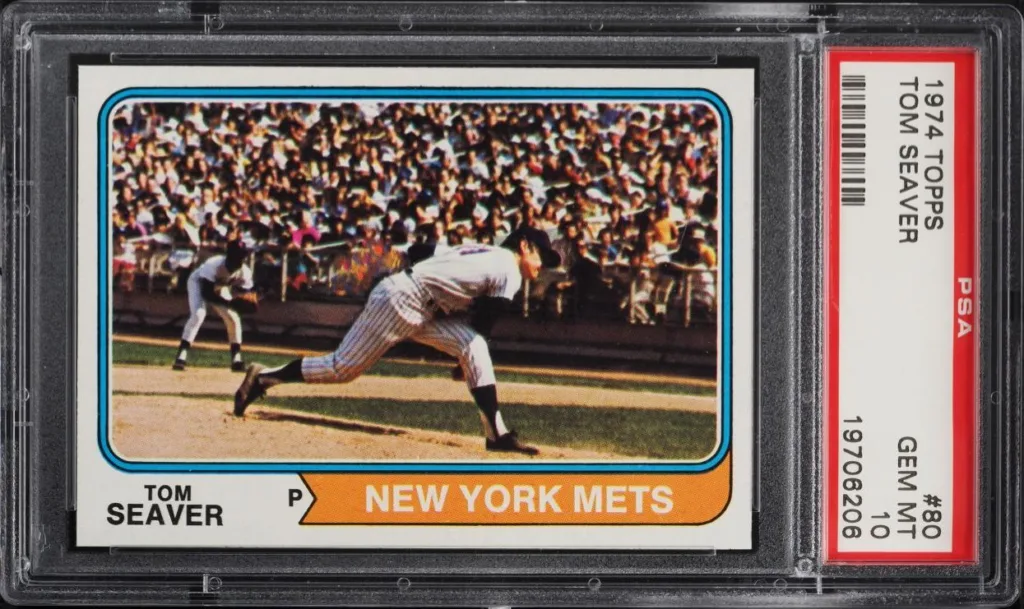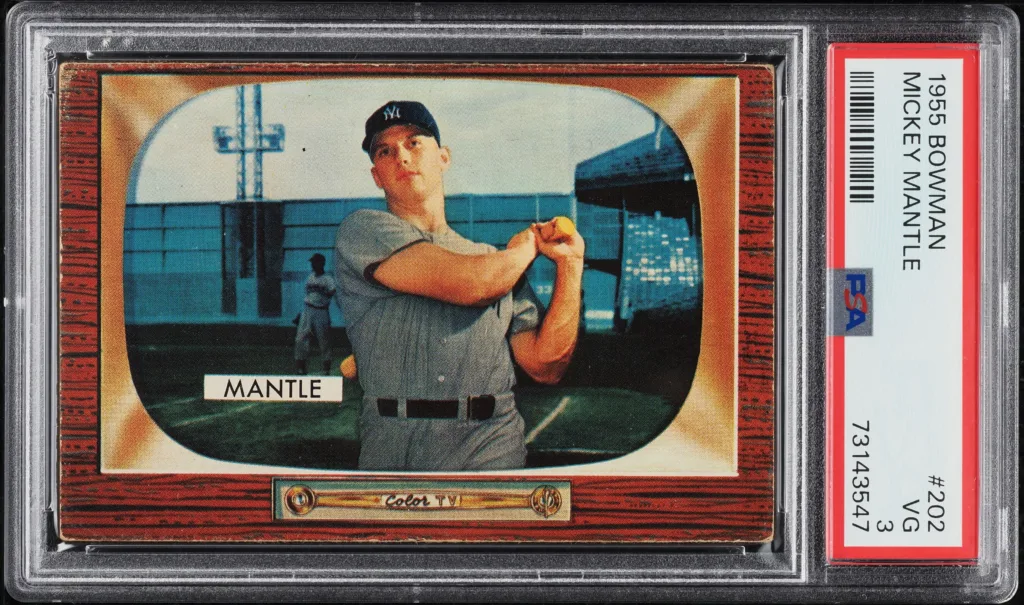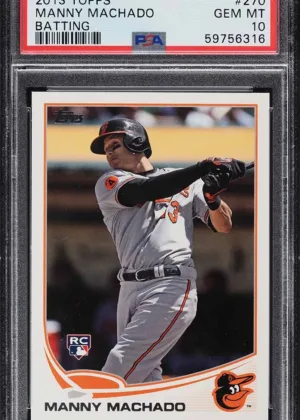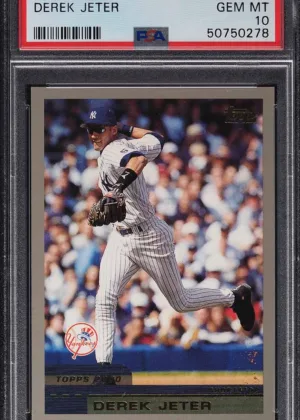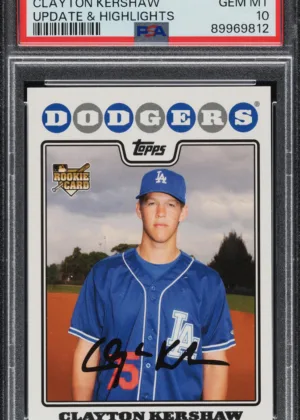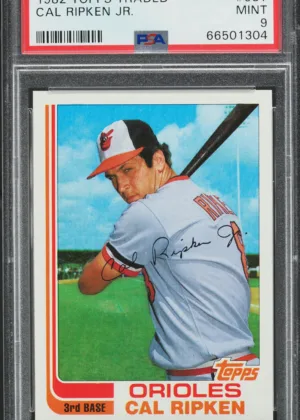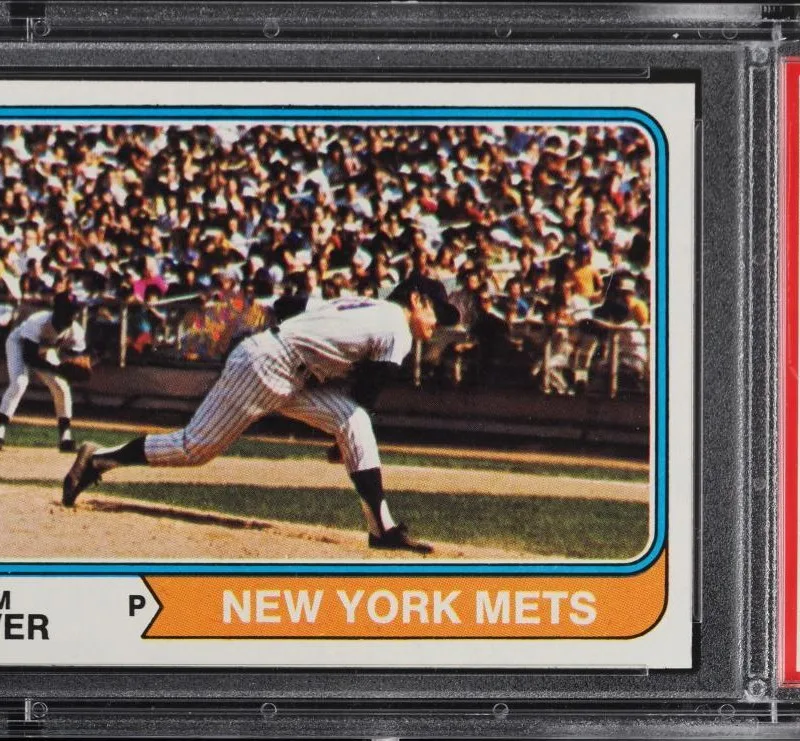
Cards That Flipped Thing Sideways
Few design elements in the world of baseball cards capture the imagination quite like the horizontal card. Often referred to as “landscape-oriented,” these cards have an enduring appeal that has transcended decades of collecting. From their heyday in the 1950s and 1960s to their modern-day appearances in Topps sets, horizontal cards stand as a testament to the artistry and creativity of baseball card design.
The 1955 and 1956 Topps sets are certainly the most iconic examples of horizontal cards, showcasing a design that has become synonymous with mid-century Americana. The dual-image format, pairing a vivid action shot with a classic portrait, seems so natural and inevitable.
The result is a card that tells a story, capturing not just the likeness of the player but also the energy and excitement of the game. The horizontal orientation allows for a cinematic quality, giving collectors the feeling of holding a snapshot of baseball history in their hands.
The Greatest Horizontal Baseball Cards
The 1956 Topps Baseball set, in particular, is celebrated for its vibrant backgrounds and dynamic compositions, making it a favorite among vintage collectors. Another standout example of horizontal cards is the 1960 Topps set, which broke the mold with its bold, colorful design and unique use of player names and team logos. The horizontal layout provided ample space for these creative elements, resulting in a set that feels as fresh today as it did over six decades ago.
While horizontal cards are most often associated with vintage sets, Topps has continued to incorporate this design style in innovative ways. The 1974 Topps set, for instance, sprinkled in horizontal cards amidst a mostly vertical layout, creating visual variety and giving collectors something unique to chase. Notable examples include cards of Tom Seaver and Carlton Fisk, which stand out for their striking photography and thoughtful composition.
These cards remind us that even within a predominantly vertical set, horizontal cards can be a breath of fresh air, offering a different perspective on the players and moments they depict. The sometimes-overlooked 1991 Topps set also included a few horizontal cards. Fisk was tapped for the honor again that year.
Why We Love Horizontal Cards
It’s worth considering that the vertical layout makes more “ergonomic” sense. Flipping through a stack of cards is certainly easier if they’re vertical. On the other hand, the horizontal layout might be a better fit for capturing certain key moments in the game. As a question of sports photography, baserunning, diving catches, and double-play action all seem to suggest a horizontal frame.
Fast-forward to 2024, and Topps once again proved that horizontal cards remain a vital part of The Hobby. The 2024 Flagship run included several horizontal action cards, showcasing dramatic on-field moments in a way that only this orientation can. These modern examples echo the storytelling quality of their vintage counterparts, connecting the past and present in a way that resonates with collectors of all ages.
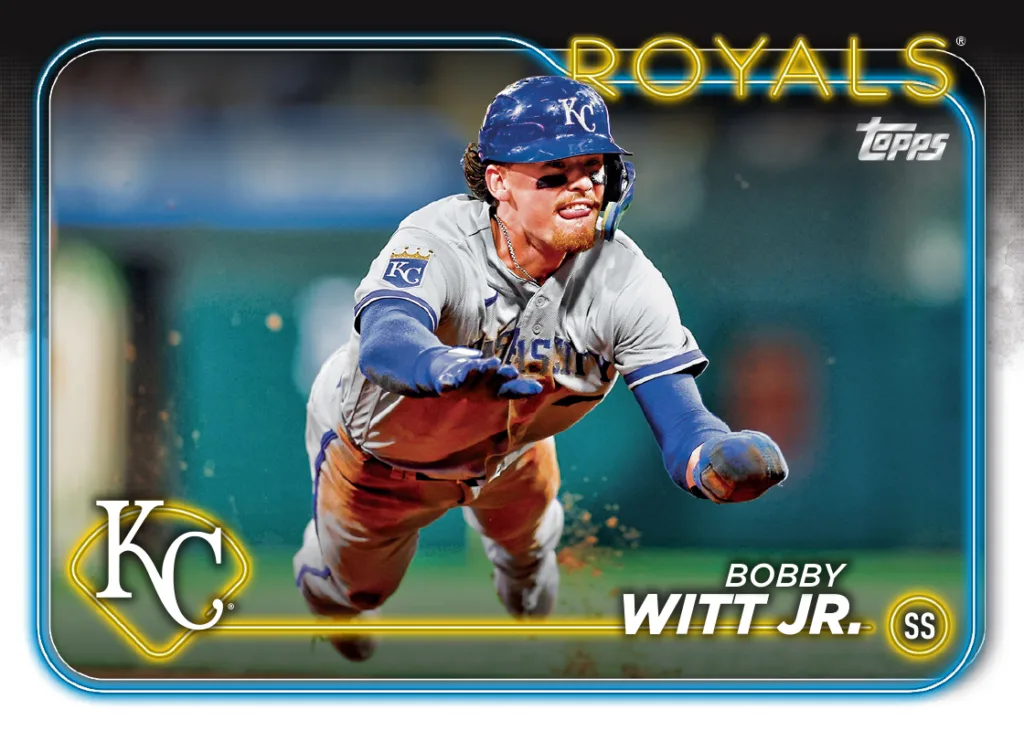
What makes horizontal cards so enduringly appealing? Part of it is their ability to break the mold. While the majority of baseball cards are vertically oriented, horizontal cards stand out for their unconventionality. They invite collectors to look at the game — and The Hobby — from a different angle, quite literally. This orientation also lends itself to dynamic action shots, panoramic scenes, and innovative designs that might not work within the confines of a vertical layout.
Another factor is nostalgia. For many collectors, horizontal cards evoke memories of flipping through stacks of 1950s or 1970s Topps cards, marveling at the artistry and creativity that defined those sets. They remind us of a time when baseball cards were as much about storytelling as they were about statistics, offering a window into the culture and aesthetics of their respective eras.
The Future of Horizontal Baseball Cards
Horizontal cards also highlight Topps’ commitment to innovation. Whether it’s the dual-image layouts of the 1955 and 1956 sets, the bold experimentation of 1960, or the modern action shots of 2024, these cards demonstrate the brand’s ability to push boundaries while honoring its heritage. Collectors appreciate this balance of tradition and creativity, making horizontal cards a beloved feature of Topps’ history.
Of course, horizontal cards are not exclusive to the Topps brand. The 1955 Bowman set featured a horizontal layout that perfectly complemented its unique design. This set, known for its television-inspired borders, remains a classic example of mid-century innovation in baseball card design. By using a horizontal orientation, Bowman cards were able to evoke the experience of watching a game on a vintage TV screen, a novel concept that resonated with fans of the era. Today, these cards are cherished for their nostalgic charm and distinctive aesthetic, further solidifying the horizontal card’s place in baseball card history.
As we look ahead, it’s clear that horizontal cards will continue to play an important role in The Hobby. They remind us that baseball cards are more than just collectibles. They’re works of art that capture the essence of the game and the eras in which they were produced. Whether you’re a fan of vintage classics like the 1956 Topps set or modern innovations like the 2024 horizontal action cards, there’s no denying the timeless charm of this unique design element.
So the next time you’re flipping through your collection or opening a fresh pack of Topps cards, take a moment to appreciate the horizontal ones. They’re more than just a change in orientation — they’re a celebration of creativity, history, and the enduring appeal of baseball card design.
